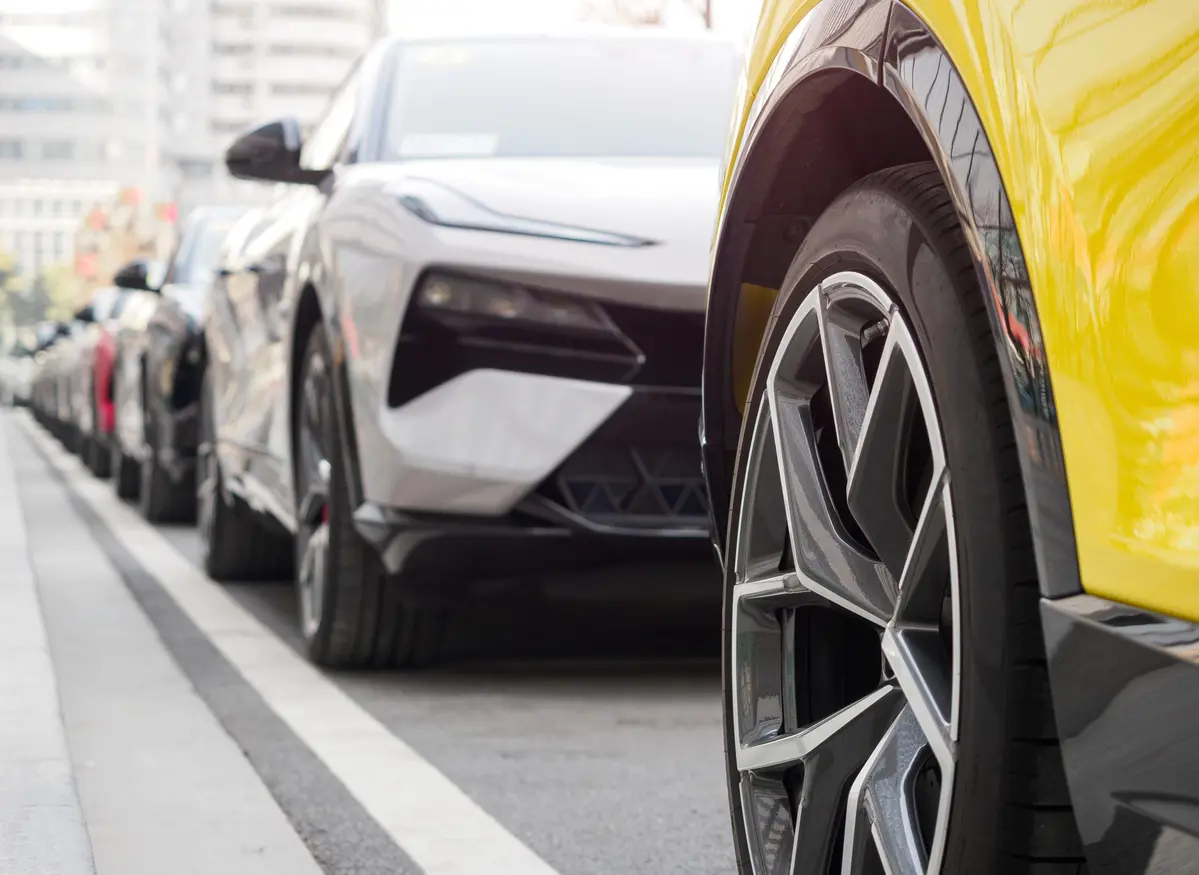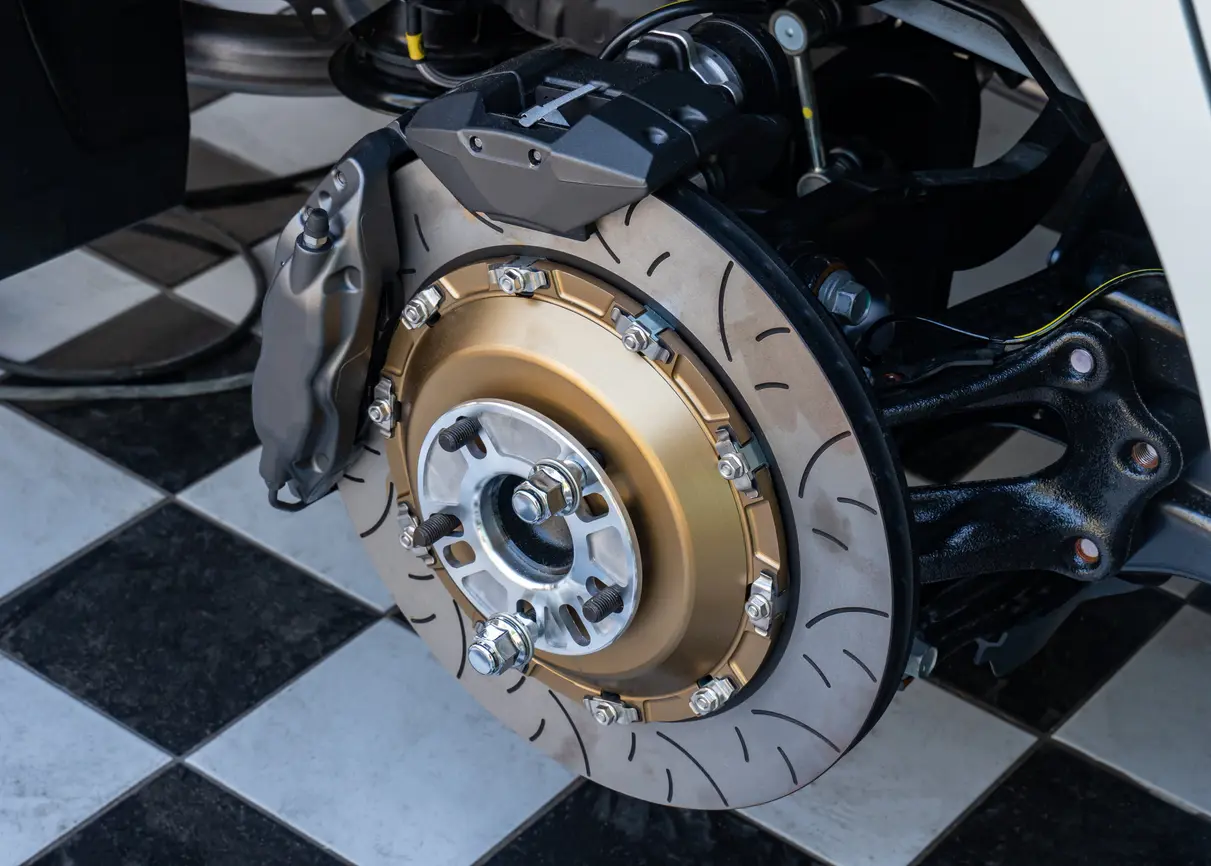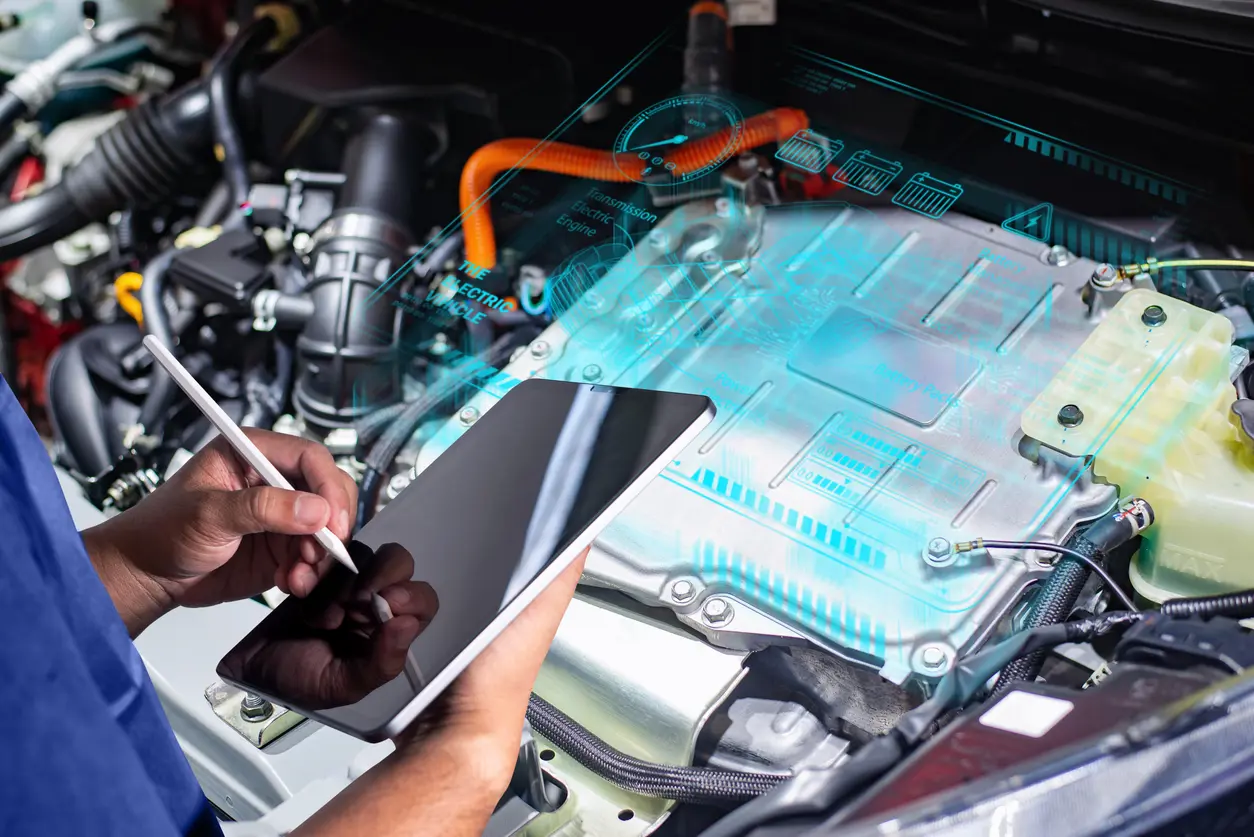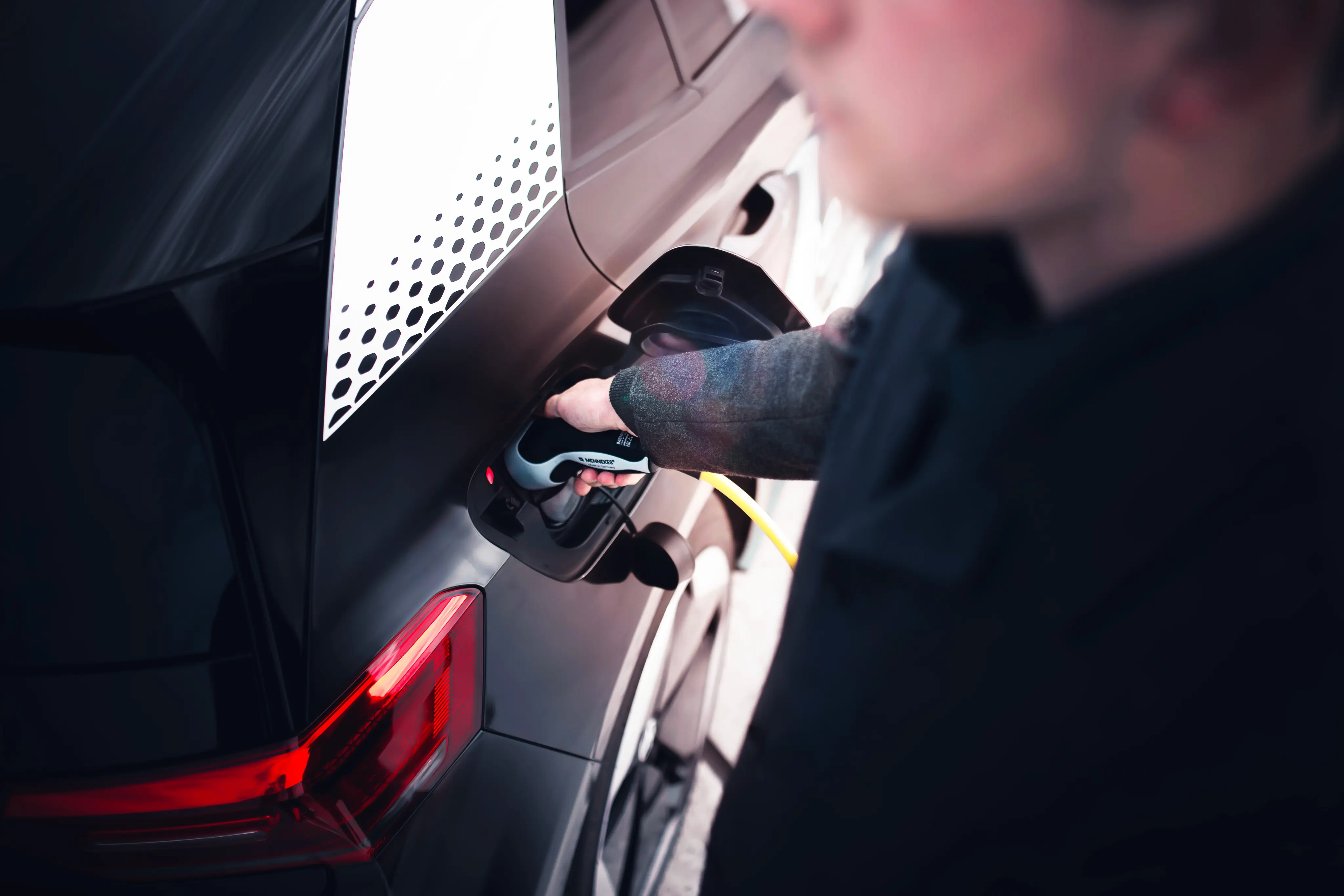Should an Electric Vehicle be Inspected Before Purchase?
The answer is yes! Even if electric vehicles seem more reliable than internal combustion engine (ICE) vehicles, over 85% of their components are the same as those in gasoline-powered vehicles.
What’s more, an electric vehicle requires regular maintenance. A pre-purchase inspection can help you avoid overpaying for a vehicle that hasn’t been properly maintained.
In 2023, the German organization TUV reported that the most popular electric vehicles in Europe had some of the highest failure rates at roadworthiness tests, as users did not carry out the minimum required maintenance.
The way your vehicle has been driven and maintained will have a considerable impact on your budget for years to come. That’s why a pre-purchase inspection is highly recommended. Our NexDrive experts are certified to carry out this inspection, and they know exactly what needs to be checked on a used electric or hybrid vehicle.
Checking for Collision or Damage is Mandatory
Collisions are just as common with electric vehicles as with ICE vehicles. It is important to check for signs of collision as body panels and other structural elements of some electric vehicles are made of aluminum.
Aluminum is very difficult and costly to repair, so a pre-purchase inspection can highlight potential damage and give you valuable information about the vehicle you want to buy.
Batteries are often located underneath the vehicle or directly embedded in the chassis. If, for example, the vehicle has hit a large pothole or debris on the road, there is a risk that some battery cells may be damaged. It is therefore essential to have this part of the vehicle inspected.
Some electric vehicles are declared a "total loss" following an accident, because their batteries have been damaged in the collision. Having your vehicle inspected before purchase can give you peace of mind, and help avoid unpleasant surprises.
Battery and Charging System Status
The state of degradation of the battery is a crucial piece of information when purchasing an electric vehicle. Degradation is caused by a variety of factors, including rapid and frequent charging, charging cycles, the previous owner’s charging habits (frequent overcharging or low charging) and, of course, the battery’s thermal management.
The battery is the heart of an electric vehicle and the most expensive component. So you need to know if the used electric vehicle you’re about to buy is in good health. During the inspection, our NexDrive experts will check the state of charge, capacity degradation and cell balance.
State of charge indicates the amount of energy remaining in the battery at any given time, while capacity degradation measures the reduction in a battery’s maximum energy retention capacity over time. Cell balance, on the other hand, refers to the maintenance of uniformity among the different cells in the battery pack.
By regularly assessing these aspects, electric vehicle owners can quickly identify potential problems and take the necessary steps to avoid a drop in performance or unexpected failures.
Mechanical Inspection
An electric vehicle has fewer components than an ICE vehicle. This means less maintenance, and no more oil changes, for example. That said, the electric motor and reductor must be inspected, as they are expensive components to repair.
Checking the condition of fluids, bellows, seals and driveline components is crucial during the pre-purchase inspection to ensure that no component is susceptible to failure. Here again, driving style can have a considerable impact on wear and tear.
The other components of an electric vehicle are virtually the same as those of a gasoline-powered vehicle. For example, suspension and bearings need to be inspected just like other vehicles. They may wear out even faster since electric vehicles are heavier due to the batteries, which puts greater strain on suspension and transmission components.
Finally, electric vehicles are known for their high engine torque, which allows for impressive acceleration. This has an impact on tire life, as do any problems with the suspension or chassis, as well.
The Brakes
Because of regenerative braking systems, the brakes on an electric vehicle are not used that often. However, the braking system generally engages for the final stop and emergency braking.
Lack of brake maintenance, especially in cold, damp environments such as those often found in Canadian climates, can have an impact on braking systems. For example, if the car has been driven in a snowy region, salt and calcium will accelerate the corrosion of the system, which can lead to very costly repairs.
Basic maintenance, such as brake cleaning and lubrication, is mandatory on a vehicle whose brakes are not used that often, since moisture is never completely dissipated during the braking process versus traditional systems.
Why do Electric Vehicle Inspections Require Special Expertise?
The inspection of the various components found on an electric vehicle must comply with specific safety standards. For example, certain high-voltage components can only be checked and maintained by highly trained and certified technicians.
NexDrive has the most demanding certification program in Canada, and our electric vehicle experts are also experts in traditional vehicle maintenance and repair. By trusting your local NexDrive center, you will benefit from the best specialized services and unparalleled expertise, while keeping the manufacturer warranty of your vehicle intact.
Tips and Tricks

Why do electric car tires wear out so fast?
EV tires experience increased tread wear because of instant torque and unsprung weight. Learn why electric vehicles lead to worn-out tires and how to extend the lifespan of EV tires with proper maintenance.

Why regenerative braking is bad for your brake pads
Regenerative braking improves energy efficiency, but can cause brake pad issues because of reduced mechanical brake use. Learn how to maintain your brake system and prevent costly repairs in this article.

Does an EV need regular general maintenance?
Although EVs require less maintenance than gas-powered vehicles, they still need regular care. Learn about battery health, brake maintenance, and more here.

